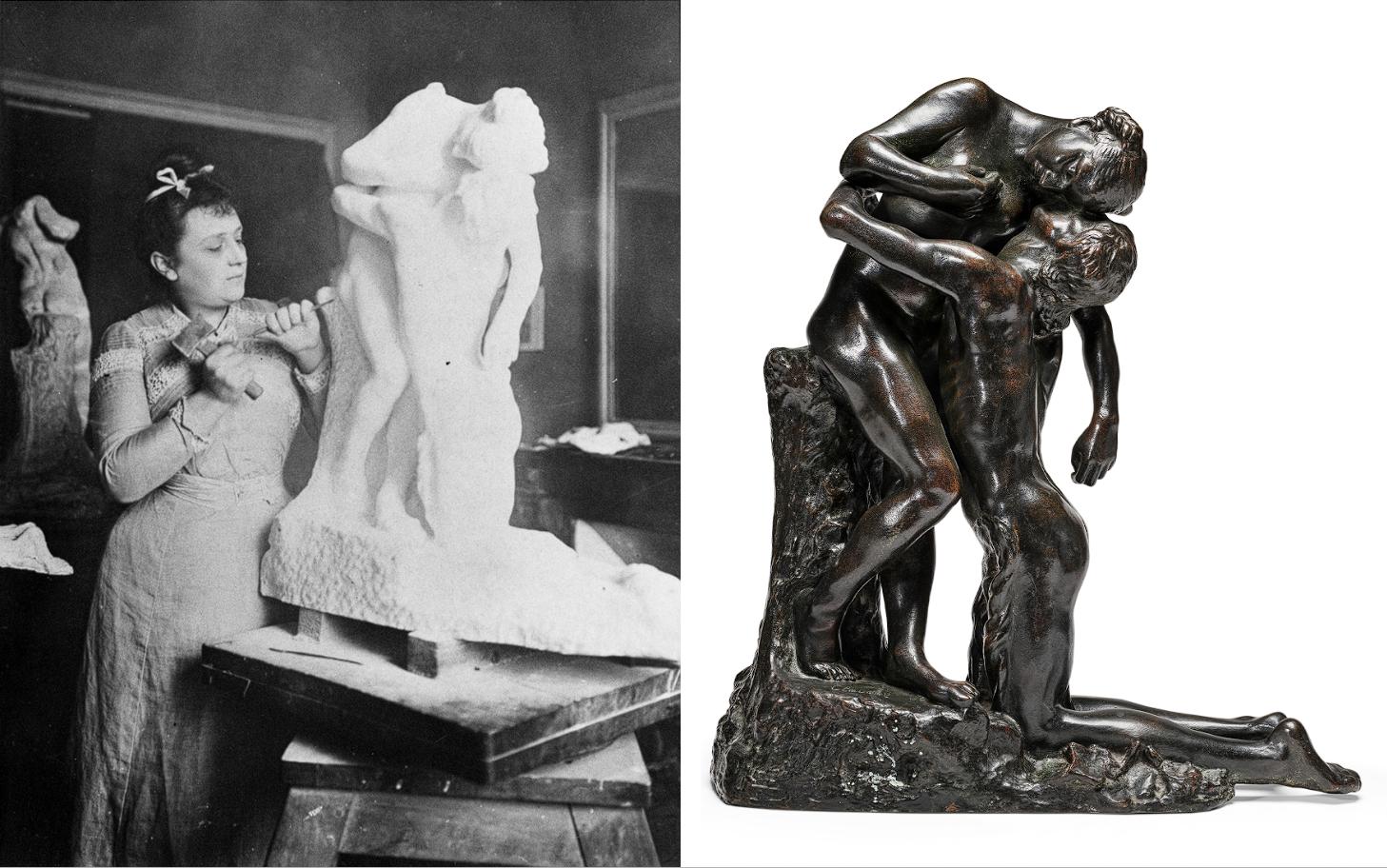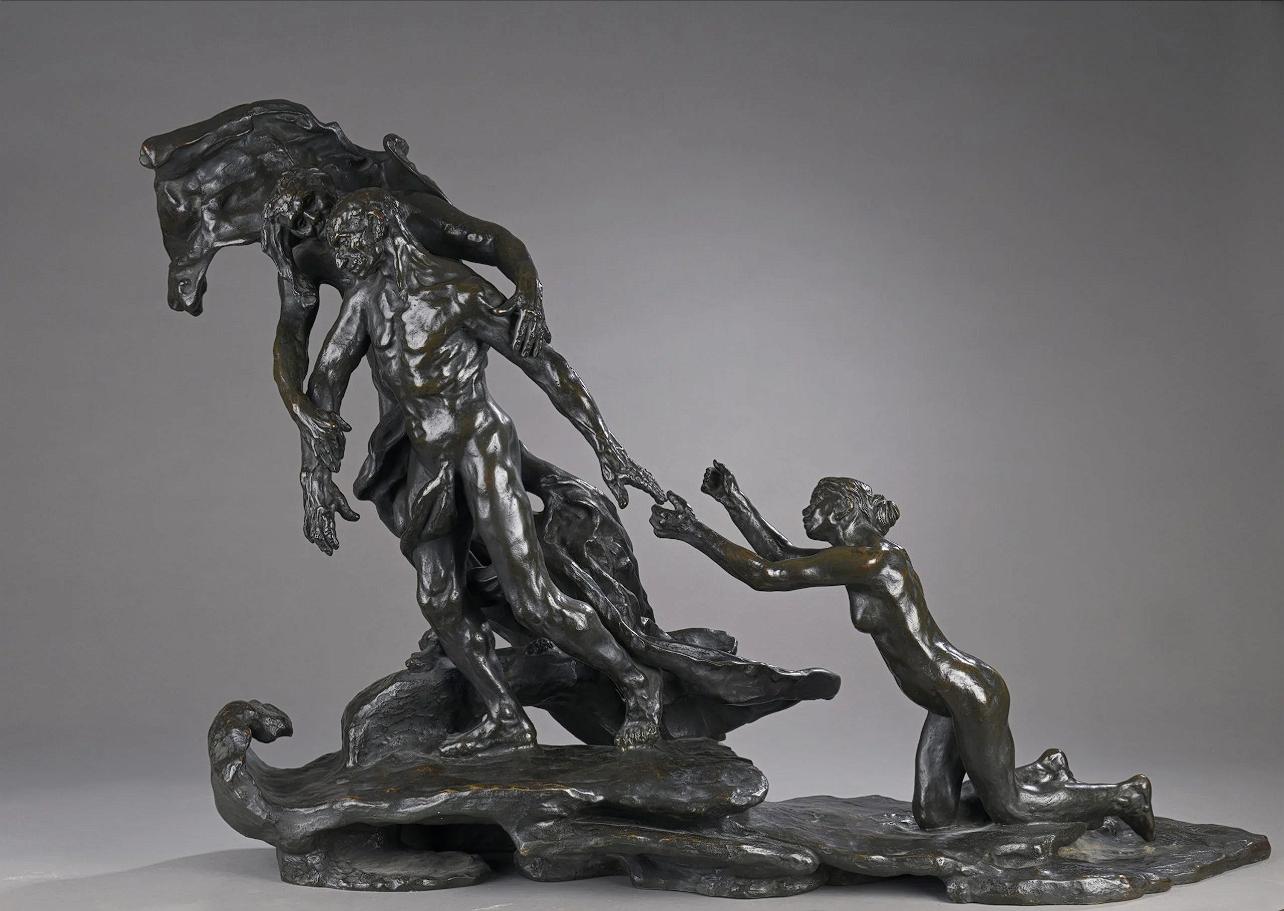Camille Claudel, a brilliant sculptor of the late 19th and early 20th centuries, faced immense challenges and was tragically erased from public memory for decades. Her story is one of artistic genius, personal suffering, and eventual rediscovery.
Overcoming Obstacles and Forging a Path
Camille Claudel’s determination to pursue her passion for sculpture in a society that restricted women’s access to formal art education is a testament to her resilience and talent.
Breaking Barriers in Paris
Camille Claudel’s arrival in Paris in the 1880s marked the beginning of her journey to defy societal norms and establish herself as a sculptor.

- Limited Opportunities:
- Women were excluded from major art schools, forcing Camille to seek alternative avenues for learning and development.
- She faced discrimination.
- Self-Directed Learning:
- She engaged in self-directed learning, studying classical sculptures and working with experienced artists, demonstrating her commitment to her craft.
- She was determined.
- Defying Expectations:
- Camille challenged the prevailing expectations of women’s roles in society, pursuing her artistic ambitions with unwavering determination.
- She was a pioneer.
Artistic Collaboration and Rivalry
Camille Claudel’s relationship with Auguste Rodin, a renowned sculptor of the time, was both a source of inspiration and a catalyst for her personal and professional struggles.

- Studio Collaboration:
- Camille worked closely with Rodin in his studio, contributing to his projects and developing her own unique style.
- They worked together.
- Talent Entwinement:
- Their talents were intertwined, with many of their greatest works born in the same studio, reflecting a shared artistic vision.
- They shared creative space.
- Rising Fame and Neglect:
- While Rodin’s fame skyrocketed, Camille’s contributions were often overshadowed, leading to feelings of neglect and frustration.
- She was overlooked.
Facing Societal Rejection
Camille Claudel’s radical and modern sculptures challenged the artistic conventions of her time, leading to difficulties in selling her work and increasing isolation.
- Unconventional Style:
- Her sculptures, characterized by their emotional intensity and innovative forms, did not align with the prevailing artistic tastes of the time.
- Her work was ahead of its time.
- Struggles with Recognition:
- She faced challenges in gaining recognition and selling her work, leading to financial hardship and professional frustration.
- She had trouble selling her art.
- Growing Isolation:
- The lack of recognition and support contributed to her growing isolation, as she struggled to find her place in the art world.
- She became lonely.
Tragedy and Rediscovery
Camille Claudel’s life took a tragic turn when she was forcibly committed to an asylum, where she spent the last 30 years of her life. Her rediscovery is a testament to the enduring power of her art.
Forced Confinement
Camille Claudel’s forced confinement to an asylum in 1913 marked a devastating chapter in her life, silencing her artistic voice and isolating her from the world.

- Asylum Commitment:
- At the age of 48, she was forcibly committed to an asylum, where she would spend the remaining years of her life.
- She was unjustly confined.
- Desperate Pleas:
- She wrote desperate letters, pleading for her release, but her cries for help went unanswered.
- Her pleas were ignored.
- Family Neglect:
- Her brother, poet Paul Claudel, refused to advocate for her release, contributing to her prolonged confinement.
- Her family abandoned her.
Forgotten Legacy
Camille Claudel’s death in 1943 was met with indifference, and her name was largely forgotten for decades, leaving her artistic legacy in obscurity.
- Common Grave:
- She was buried in a common grave, without a proper funeral or memorial, reflecting the neglect she faced in her final years.
- She was buried without recognition.
- Family Absence:
- Not a single family member attended her funeral, highlighting the extent of her isolation and the breakdown of her familial relationships.
- She died alone.
- Decades of Obscurity:
- For decades, her name was largely forgotten, and her contributions to sculpture were overlooked, erasing her from the art historical narrative.
- Her name was forgotten.
Rediscovering Genius
Camille Claudel’s rediscovery in the late 20th century marked a resurgence of interest in her life and work, leading to the recognition of her artistic genius.

- Masterpiece Recognition:
- Her sculptures, once dismissed as unconventional, are now celebrated as masterpieces of their time, showcasing her innovative style and emotional depth.
- Her work is now celebrated.
- Museum Honors:
- A museum dedicated to her work now stands in France, honoring her legacy and solidifying her place as a significant figure in the history of sculpture.
- She has a museum dedicated to her.
- Equal Recognition:
- Camille Claudel is now recognized as an artist in her own right, not merely as Rodin’s muse, but as his equal, reclaiming her rightful place in art history.
- She is finally recognized.
Camille Claudel’s story is a powerful reminder of the challenges faced by women artists in the past and the enduring power of artistic genius. Her rediscovery has brought her work to a new generation, ensuring that her legacy will continue to inspire and resonate for years to come.
